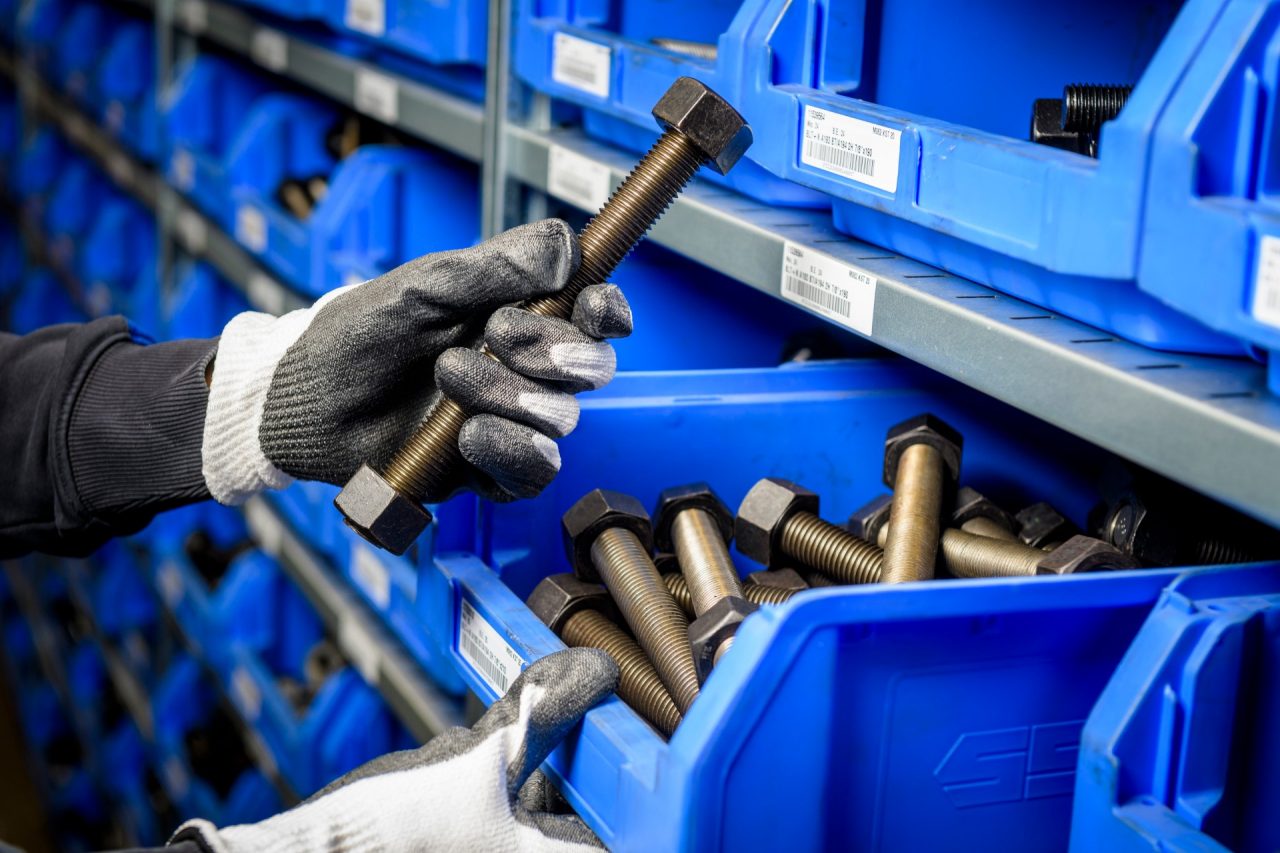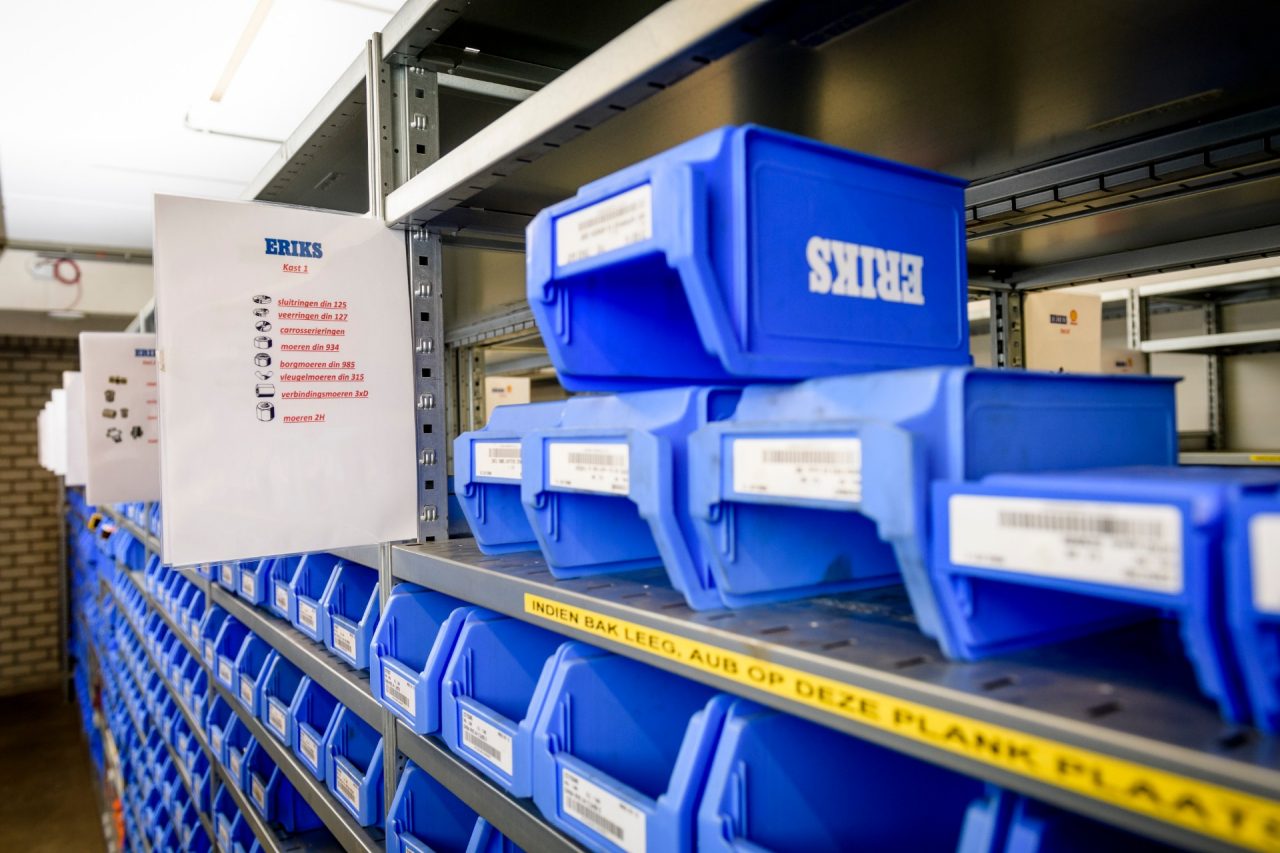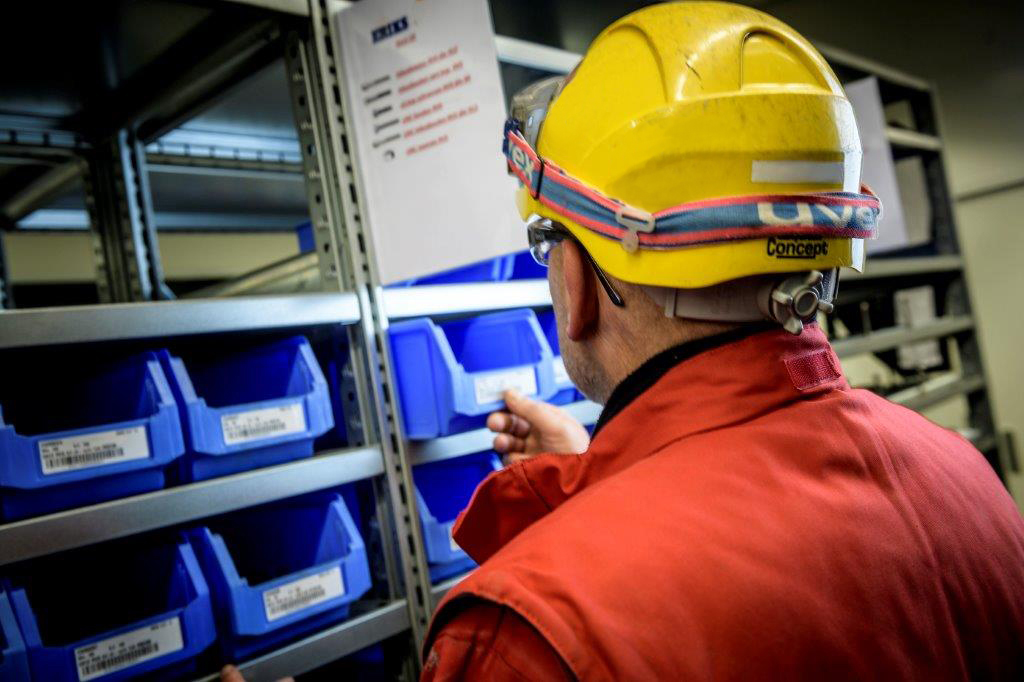Women in Engineering: From outsider to expert
How Karin Stadler defied stereotypes to become Head of Engineering in Polymer Technology at ERIKS. H...
As a maintenance manager you work hard to avoid as much unplanned downtime as possible. One factor that can affect this significantly is MRO stock-outs.
MRO stock-outs have an impact on your production delays, incurring further MRO costs, increased unplanned downtime that could result in loss of revenue.
A simple yet vital practice to minimise the above situations is having the right stock to hand. Stock can be plentiful yet often full with many items that are not contributed to your critical stock. To organise stock and ensure smooth operation of your chemical plant, how do you classify critical stock?
Within this blog we will explore the importance of critical stock, how to identify it for your plant and the benefits of optimising MRO stock management.
Critical stock is the inventory needed that’s crucial to the operation of your chemical plant. It’s identification is not just to mitigate unplanned downtime and lower overall costs but also ensure continuous production and the safety of your plant and employees.
It would be ideal to be able to keep one or more of everything on site but unfortunately for most chemical plants this is just not feasible, due to high stock value and space constraints. However, there are solutions.

Within the chemical industry, critical stock varies across plants and as a multi-team project (maintenance, procurement, warehouse & logistics) you can conduct a criticality analysis to identify which articles are to be put on your MRO critical stock list.
Below are steps on how to identify your critical stock and solutions to ensure your critical stock is optimised.
1. Cleanse
This may appear an obvious step but over time MRO inventories can become clogged. A process of frequent stock rotation teamed with the use of clear labelling for identification, location and quantity can ease this. The Japanese system 5S is helpful for workplace organisation.
Uncovering dead or obsolete stock is written off against your profits but allows you to free up occupied space. This space can house critical stock and lower overall stock costs.
2. Essential considerations
When determining your critical stock, essential considerations for each article are:




3. Decision tree
Having a robust decision tree such as:
you will need a particular part, helps your team decide the criticality of each article.
You may give parts a score e.g. 1-100, relative to operation that will indicate their individual criticality level:
Though there is a lot to consider in formulating your analysis of critical stock, a way to come to a decision is:
For instance, a gasket may not be the most expensive part but if its failure leads to operation ceasing and unplanned downtime, that could be a reason to include it in your critical stock list.
You then need to conclude whether your critical stock will be best:
Held on site
When held on site, a part listed on your critical stock may not be frequently used and result in expiration, reduced service time or even failure when put into operation. However as mentioned, due to stock value and space constraints not all critical parts may need to be held on site.
Ordered on demand
Companies such as ERIKS offer an on-demand service with swift delivery. Due to their size and role within the industry, ERIKS have a higher turnover of mechanical parts than of your chemical plant.
This way of ordering allows you to differentiate (critical/non-critical) stock, reduce waste and have up-to-date information on stock availability. They also inform you of competitive pricing and lead times, plus ensuring that you’re able to access critical stock items as if they were in your own plant.
Finding a solution that suits you and your team is fundamental in identifying and maintaining MRO critical stock levels. Following simplified steps allows for clarity and ownership between all departments.
There are a lot of pressures and responsibilities in being a maintenance manager in the chemical industry. Managing your MRO inventory can be extremely time consuming and identifying critical stock is an essential and unavoidable part of stock management.
Critical stock identification is only one part of your overall stock management and ERIKS are always in search of practices and solutions to optimise your stock management.

In our report ‘How to optimise stock management in the chemical industry’ we have explored the current state of stock management, its importance and solutions to present the best optimisation of stock management. From vender managed inventory (VMI) to MRO on-site assistants, our expertise is at your disposal.
Take a look at our latest updates...
How Karin Stadler defied stereotypes to become Head of Engineering in Polymer Technology at ERIKS. H...
37 01 32 89
VAT Number
NL003.076.490.B02
